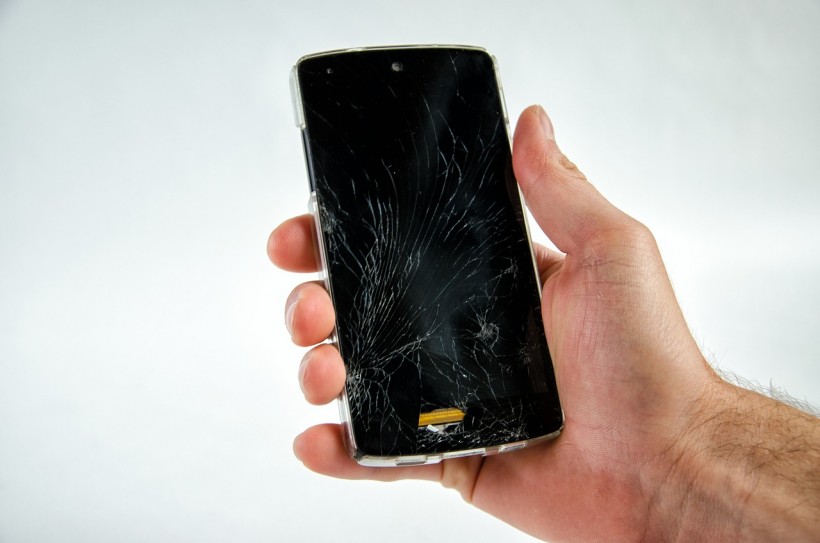Like many gadget users, if you own a cellphone, you may have experienced a cracked screen, which is undeniably frustrating.
Cost and degree of crack are two of the major things that may be preventing you from having it fixed. Buying a new one is certainly even more expensive.
Good thing two Concordia researchers from the Oh Research Group in the Faculty of Arts and Science have looked at ways for our cellphones to "self-heal," and their study could have more extensive implications, as well, Phys.org reported.
The first author of the paper, Twinkal Patel, a Ph.D. candidate, said one of the major challenges in these types of projects is to retain a balance between self-healing and mechanical properties.
There are a number of steps you can take to check and improve your mobile phone reception.
ALSO READ: Infrastructure Technology Can Add the Sense of Touch to AR and VR Experiences

Self-healing polymer materials can rapidly fix damages and cracks because of the self-healing mechanism.
Self-Healing, Time and Money Saver
Patel said that this study, Self-Healable Reprocessable Triboelectric Nanogenerators Fabricated with Vitrimeric Poly (hindered Urea) Networks, published in ACS Nano, is a standout from similar research on the topic due to its concentration on temperature.
The first author added their goal not to compromise the network's robustness while adding the dynamic capability of self-healing impairment and scratches.
He continued saying they are focusing on total healing on scratches at only room temperature. The said feature sets the research apart from others.
Essentially, the research team developed self-healing polymer networks using very simple routes. The developed materials presented extended outcomes at room temperature.
Fixes Damages and Screen Cracks Fast
A News EN report specified that according to Horizon postdoctoral fellow and co-author on the paper, Pothana Gandhi, such materials could rapidly fix damages and cracks because of the self-healing mechanism.
Consequently, these materials save consumers' time and money while prolonging the lifespan and the material used and reducing the environmental burden.
Patel is quick to give credit to the project's success to the Oh Research Group, which John Oh led. He is a professor and Canada Research Chair, Tier II, the Department of Chemistry and Biochemistry in Nanobioscience.
She also said working in the lab has been a great experience, as well. She explained that she had met supporting and amazing members who have made the laboratory feel like a second family during her time.
Self-Healing Polymer Networks
Commenting on their work Patel said she's very grateful for the mentorship she got from her supervisor to publish her paper. In addition, she shared she felt she accomplished to see the hard work she has done be printed.
Other things such technology can do is that, in the future, the first author said she'd like to use self-healing polymer networks to improve the battery life of triboelectric nanogenerators.
The said technology enables a device to store, not to mention covert it into electricity when there's an application of a repeated movement. An example of this are LED lights that are activated when a person passes by.
Similar technology could certainly be applied for the extension of lifespan in batteries of cellphones. In the future, the researchers said, they would be able to change them simply by walking.
Related information about the self-healing polymer that can help fix a cracked screen on phones is shown on MaXFact's YouTube video below:
RELATED ARTICLE: Baldness Solution Found: Microneedle Patch Contains Nanoparticles That Can Regrow Hair Faster
Check out more news and information on Nanotechnology in Science Times.
* This is a contributed article and this content does not necessarily represent the views of sciencetimes.com












![Sat-Nav in Space: Best Route Between Two Worlds Calculated Using 'Knot Theory' [Study]](https://1721181113.rsc.cdn77.org/data/thumbs/full/53194/258/146/50/40/sat-nav-in-space-best-route-between-two-worlds-calculated-using-knot-theory-study.png)

